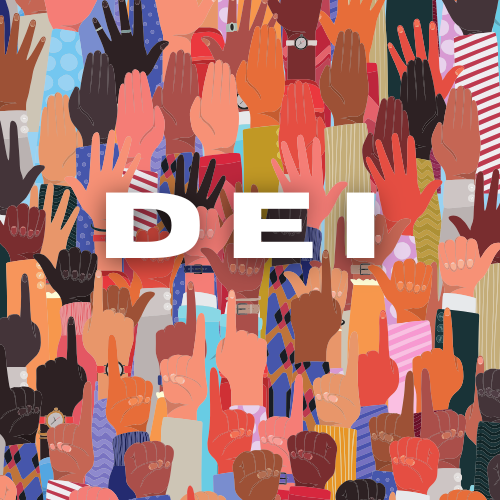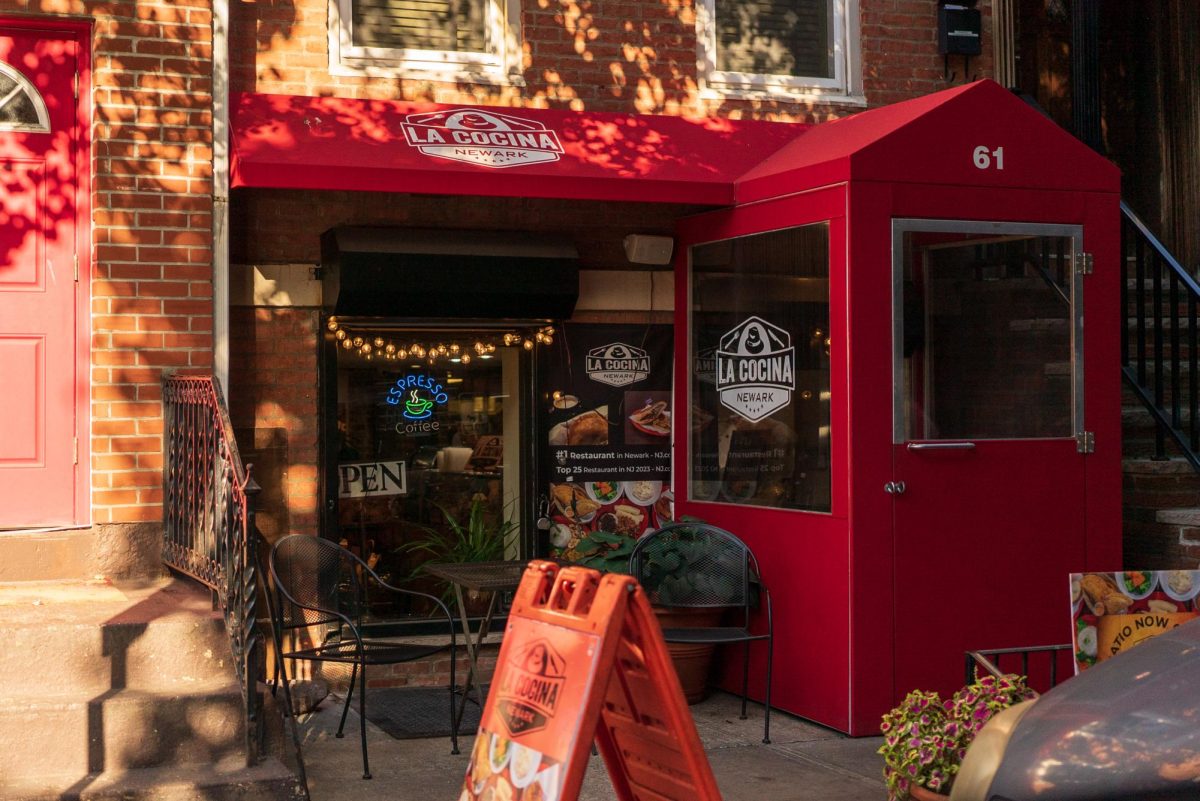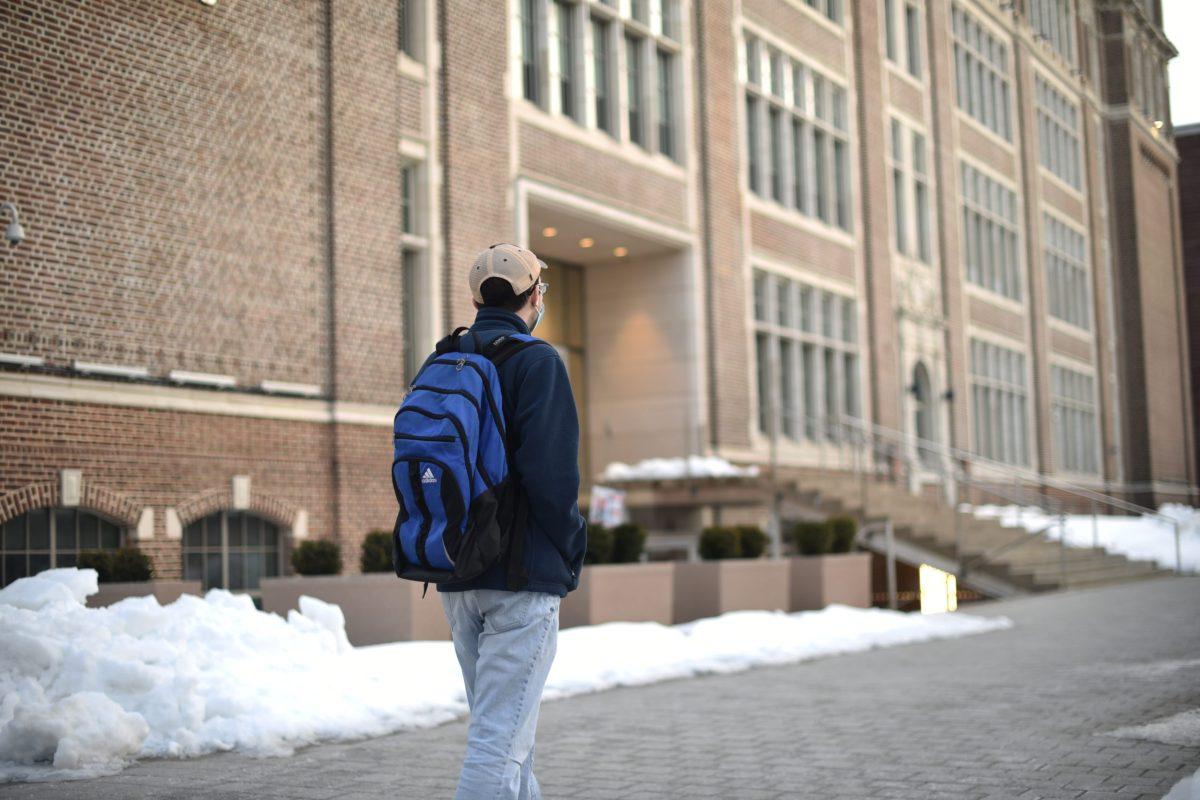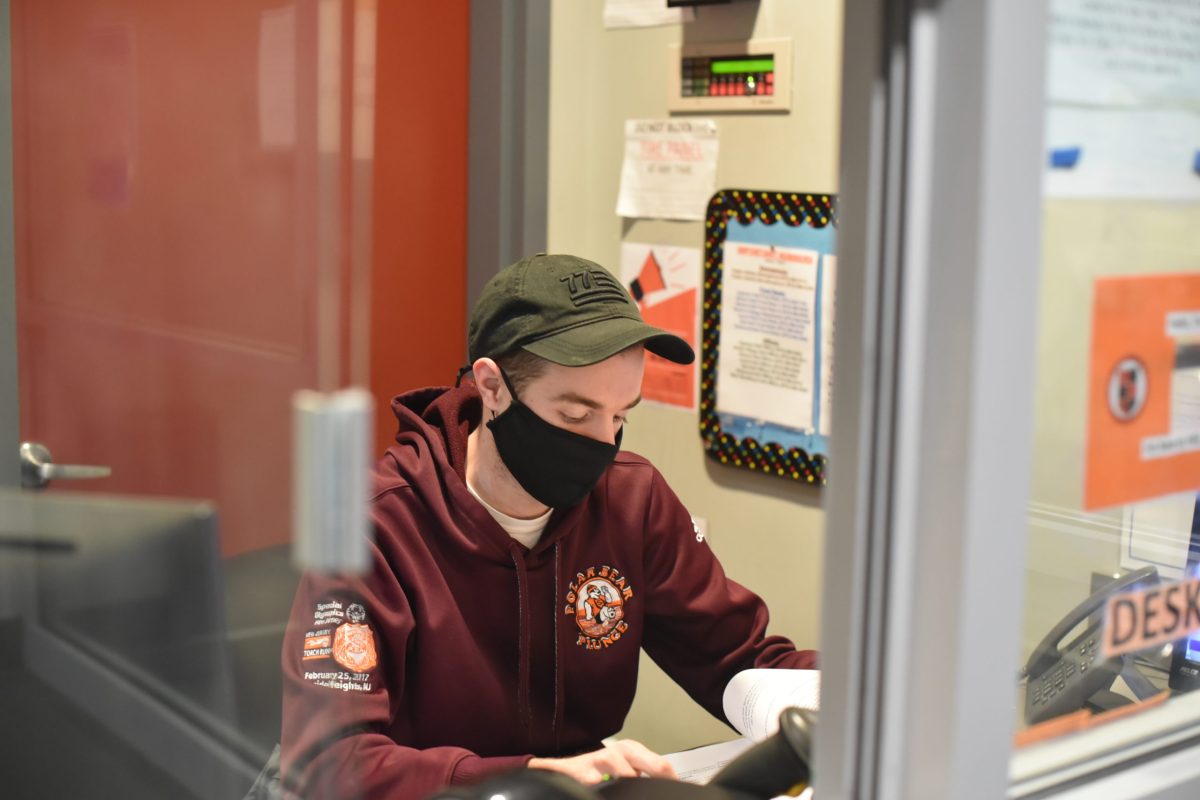Diwali
By Prasanna Tati, staff writer
Diwali or Deepavali is the Hindu “festival of lights” celebrated to signify the victory of light over darkness, good over evil, and knowledge over ignorance. The celebration is typically celebrated mid-October to mid-November wherein houses are filled with the glow of numerous oil or electric lamps. The festivities are usually extended over a five-day period.
Diwali is one of the most famous holidays in India, and satellites show that the country looks significantly brighter from space on this day. Traditionally, families often perform many poojas, or acts of worship, throughout the five-day period to various gods.
The day is usually characterized by cleaning up the house, dressing in new clothes, praying to Lakshmi (the goddess of wealth and prosperity), and feasting on sweets with family. Oftentimes, Diwali is spent by many families scouring shopping malls for new clothes and appliances to signify new beginnings and fresh starts.
Religiously, the holiday signifies the return of Lord Rama (an incarnation of Vishnu), his wife Sita, and his brother Lakshmana from a 14 year exile.
It is thought that the goddess Lakshmi roams the Earth on the night of Diwali, so families light many lamps, create colorful floor designs called rangolis, and leave their doors open to invite the goddess in. Some families even use a rice solution to draw footprints walking into the house to signify the footsteps of the goddess. It is also thought that mothers who have worked hard all year embody a part of Lakshmi, and thus are subject to many thanks.
In particular the Lakshmi pooja, or worship of Lakshmi, includes lighting balls of clay to drive away the shadows of evil spirits, singing devotional songs, and adorning of cows, which usually represent the goddess.
NJIT had its own Diwali celebration in the ballroom where students enjoyed Indian snacks and dancing. Students decorated the floor of the ballroom with their own lamp patterns and rangoli designs.
































